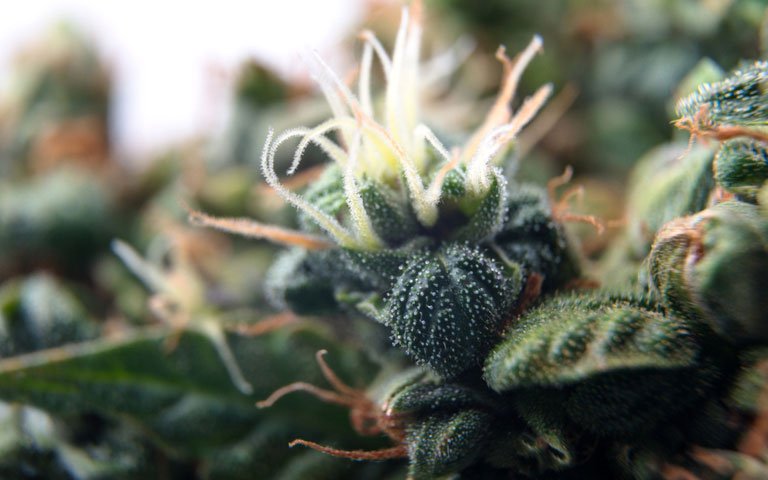A new study finds that patients who can legally treat themselves with medical cannabis stop using prescription opioids or use fewer opiates to care for chronic pain symptoms.
Patients enrolled in New Mexico’s medical cannabis program also suffered less pain, and they enjoyed a higher quality of life, better social experiences, higher levels of activity, and concentration.
The investigation published in the journal PLOS One analyzed health records from 66 habitual opioid users who were diagnosed with severe chronic pain to determine if and how legalized medical marijuana programs affected patients’ opioid use. Thirty-seven of the patients were enrolled in a legal medical cannabis program in New Mexico between 2010 and 2015 while the remaining 29 patients were not registered.
New Mexico’s medical marijuana program allows its patients with severe chronic pain to self-manage their marijuana use, including how and how often the patients take cannabis, and what strength and strain of cannabis are used, giving patients much latitude over managing their condition.
For the study, researchers had access to 21 months of prescription data, including three months of data before patient enrollment in the medical cannabis program. Compared to those patients not enrolled in the program, cannabis users were 17 times more likely to cease their prescription opioid use and over five times more likely to reduce their daily dosage of opioids.
On average, medical marijuana patients were able to cut their opioid dosage in half. In contrast, patients not in the medical cannabis program increased their daily dosage of opioids by over 10 percent.
Replacing Prescriptions with Cannabis
Overall, over 80 percent of medical marijuana patients were efficiently used fewer prescription opioids, while over 40 percent stopped filling opioid prescriptions altogether after a year and a half of being enrolled in the medical marijuana program, suggesting that medical marijuana can be used to treat symptoms of severe chronic pain adequately.
These results recall the findings of a recent Illinois study in which the state’s medical marijuana programhas allowed chronic pain patients to treat their symptoms of rheumatoid arthritis, back pain, and cancer more quickly, efficiently, and for more extended periods of time than their prescription painkillers.
These results were also consistent with the conclusions of another study earlier this year that found that over three-quarters of medical marijuana patients significantly reduced their opioid use. Patients also reported reductions in the use of alcohol, antidepressants, anti-anxiety, migraine, and sleep medications, suggesting the versatility of medical cannabis in treating a variety of conditions and symptoms.
The Beneficial Effects of Medical Cannabis
None of the medical marijuana patients reported adverse side effects from cannabis use in either the New Mexico or Illinois study. In fact, in the New Mexico study, after a year of enrollment in the state’s medical marijuana program, nearly all of the program’s enrollees reported “good” or “great” benefits in their activity level and concentration level compared to the period before their enrollment.
This absence of harmful side effects and added quality of life benefits are in stark contrast to the aversive side effects of opioid use such dizziness, nausea, fatigue, and withdrawal.
The authors of the study cited a lack of documented evidence that there are any long-term benefits of prescription opioids for chronic pain patients; in fact, long-term opioid use links to an increased risk of fatal overdose, substance abuse, and heart attack. The legalization of medical marijuana may offset these risks.
Recent findings have shown that there was a 25 percent reduction of opioid-related deaths in states where medical marijuana is legal.
credit:420intel.com




